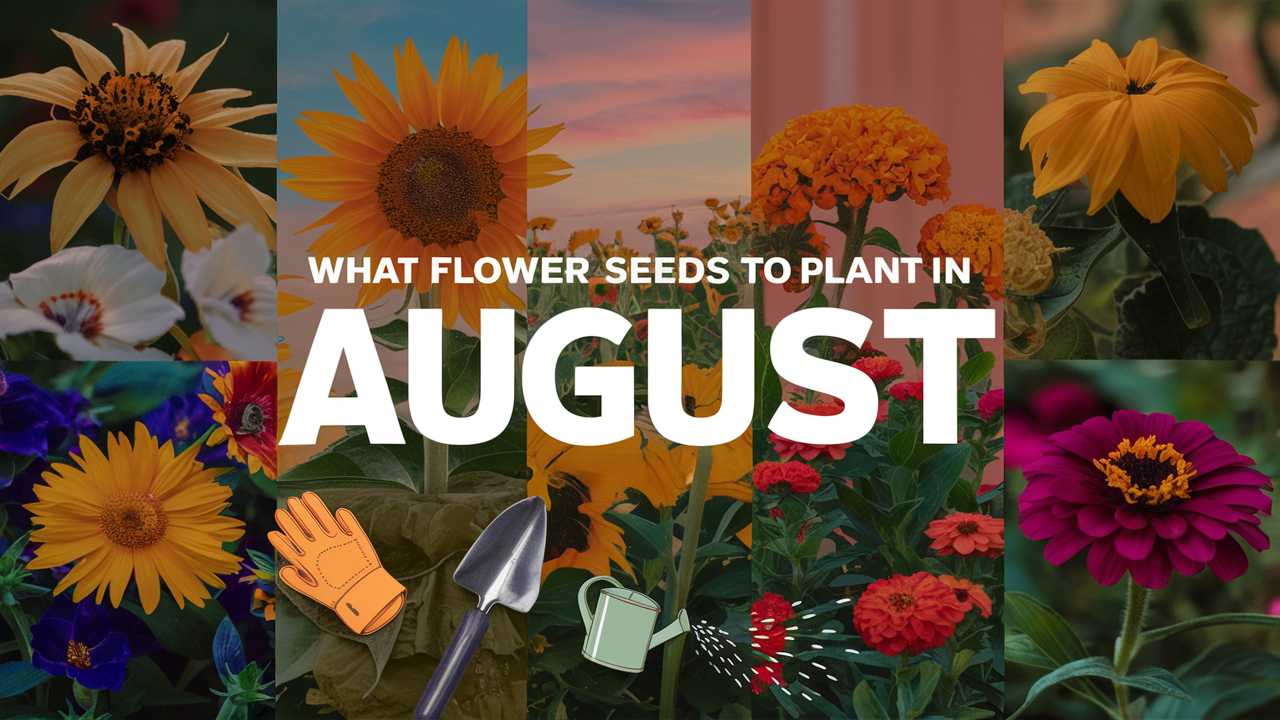If you’re wondering what flower seeds to plant in August, you’ve come to the right place! Below, we’ll dive into a variety of options that thrive when sown in late summer, complementing your garden as the seasons shift.
Amaranthus
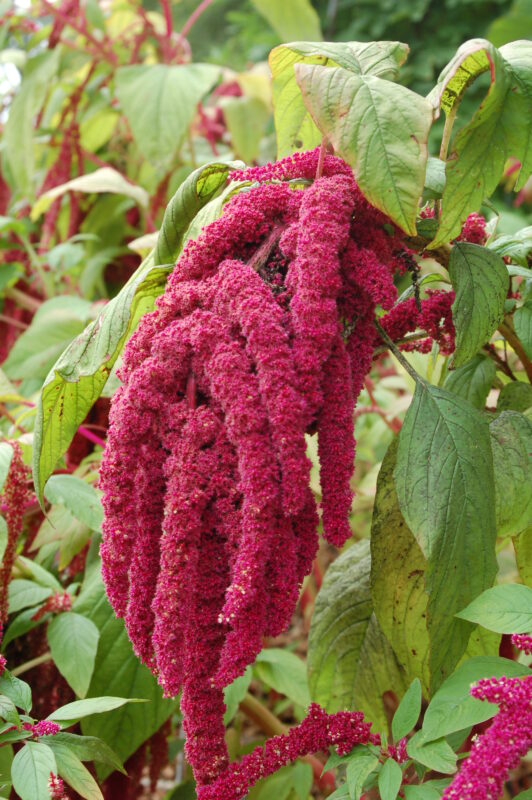
Amaranthus, often recognized for its stunning, vibrant colors and vibrant feather-like flower heads, is a fantastic choice for August planting. This hardy annual not only adds drama and texture to your garden but also attracts pollinators like bees and butterflies. Amaranthus comes in a variety of species, allowing you to choose between red, green, or even variegated varieties. Originally cultivated as a grain, these plants can grow quite tall—reaching heights of up to 6 feet—making them perfect for the back of a border or as privacy screens. As the weather cools, the leaves will shine even brighter, providing a feast for the eyes throughout the autumn.
Cleome
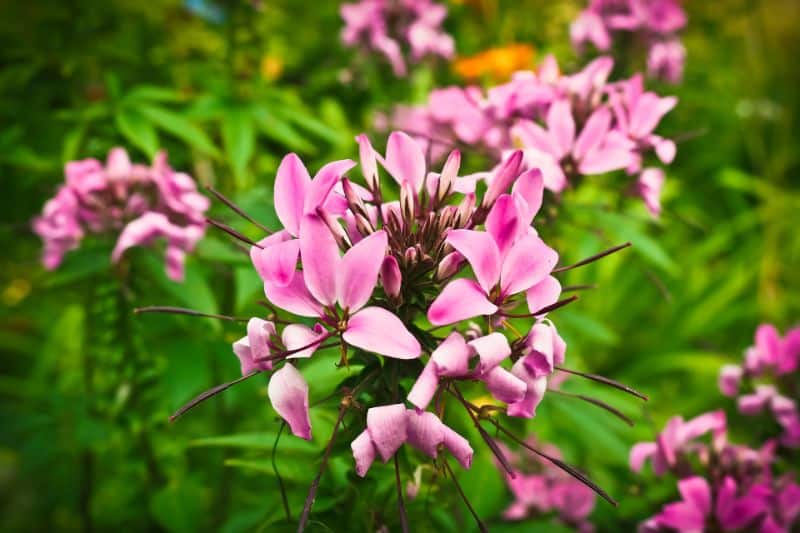
Known for its unique, spidery flowers that bloom in a spectrum of colors, Cleome is another excellent option to sow in August. Commonly referred to as the “spider flower,” Cleome produces tall, airy flowers that sway gracefully in the breeze. These plants prefer well-drained soil and a sunny location, showcasing blooms in shades of pink, white, and purple. Besides their aesthetic appeal, Cleomes are drought-tolerant and known for attracting beneficial insects, making them a great addition for organic gardens. Once established, they require minimal care, giving you more time to sit back and enjoy their beauty.
Cobaea scandens (cup-and-saucer vine)

For those looking to add a touch of vertical drama to their gardens, Cobaea scandens, or the cup-and-saucer vine, is a vigorous climber that can adorn trellises and fences in no time. When planted in August, this fast-growing annual will provide a breathtaking display with its large bell-shaped flowers that bloom in shades of purple and white. The foliage is equally fascinating, featuring rounded leaves that lend a lush appearance. This vine thrives in warm areas, needing full sun and well-drained soil, and will continue to flower until the frost arrives. Its nature as a vigorous climber makes it perfect for covering unsightly structures—creating a green oasis around your home.
Cosmos
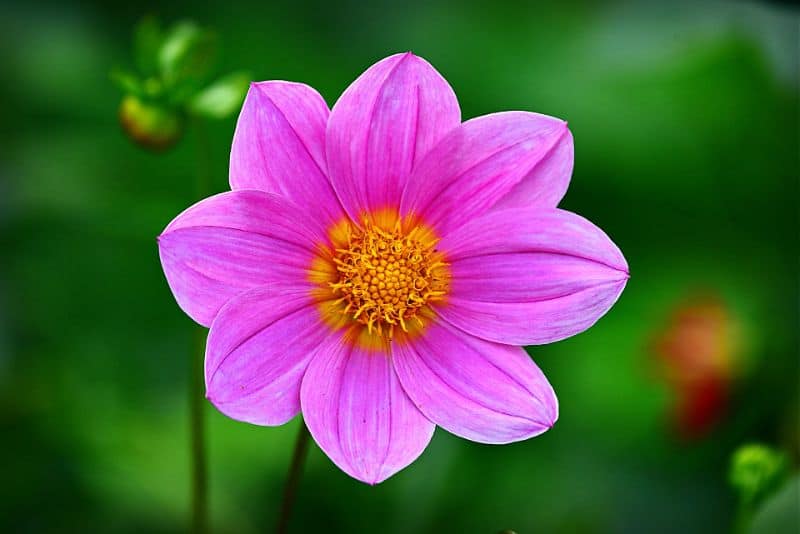
Cosmos are beloved by gardeners for their cheerful, daisy-like blooms and robust nature. These annual flowers can be sown in August, providing a late-summer burst of color that lasts well into the fall. They thrive in poor, well-drained soils, so they’re low-maintenance and require minimal watering once established. The species Cosmos bipinnatus offers stunning pink and white flowers, while Cosmos sulphureus showcases vibrant yellows and oranges. Planting Cosmos can also create a delightful habitat for pollinators, as they attract butterflies and bees, enhancing the biodiversity of your garden while creating a visually striking display.
Cornflowers
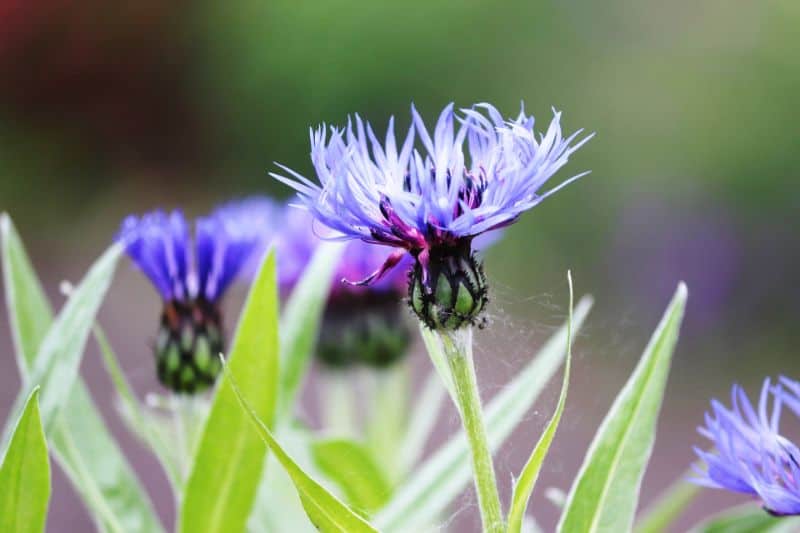
Cornflowers, or Centaurea cyanus, are another colorful addition that can thrive when sown in late summer. These charming annuals produce beautiful blue flowers that have been favorites among gardeners since the late Middle Ages. Their vibrant blooms can also be found in shades of pink, white, and purple. Cornflowers thrive best in well-drained soil and full sun, and as an added bonus, they can tolerate some drought once established. These delicate-looking flowers not only add a splash of color to your garden but are also edible—perfect for adding a unique touch to salads and garnishes!
Marigolds (Tagetes)
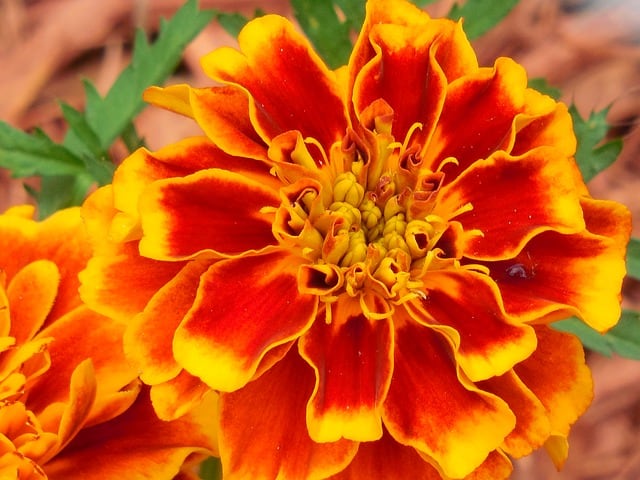
Marigolds (Tagetes) are the quintessential companion plants in any vegetable or flower garden. Easy to grow and often regarded as a gardener’s best friend, these hardy annuals can be sown in August for stunning autumn blooms. They come in various sizes—from dwarf varieties to taller hybrids—offering versatility for any garden style. The brilliant orange and yellow hues of marigolds not only brighten up garden beds but also act as pest deterrents, protecting your other plants. With proper care, marigolds can bloom until the first frost, providing a continuous display of color. Their resilience and sociability with other plants make them a must for any late-summer sowing.
Nasturtiums
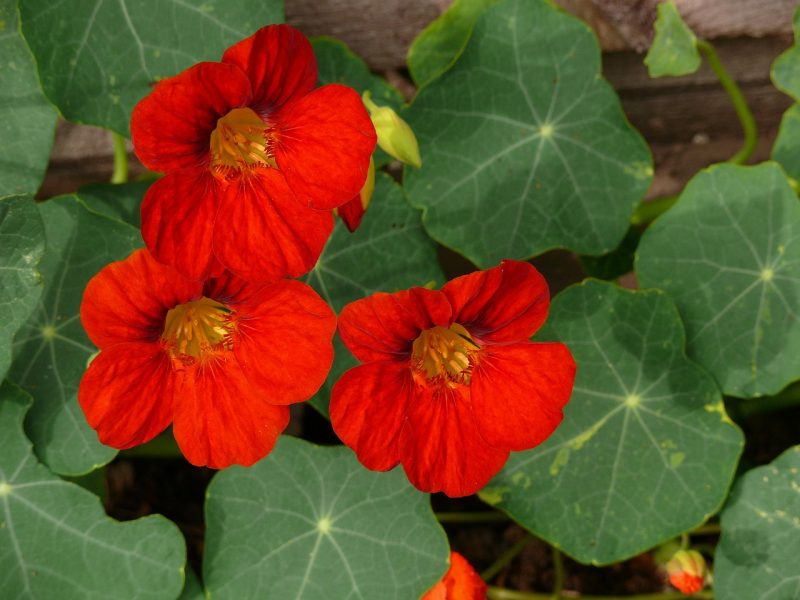
Nasturtiums are a delightful addition to any garden due to their vibrant colors and peppery flavor. Planting nasturtium seeds in August can yield an abundance of blooms by fall. These bright, trailing flowers thrive in poor soil, which makes them exceptionally easy to grow. Besides their aesthetic appeal, nasturtiums are edible, allowing you to use their leaves and flowers in salads for a touch of color and flavor. They can also serve as a beneficial companion plant, attracting predatory insects that control pests naturally. Their ability to flourish in less-than-ideal conditions makes them perfect for novice gardeners and seasoned pros alike.
Nicotiana
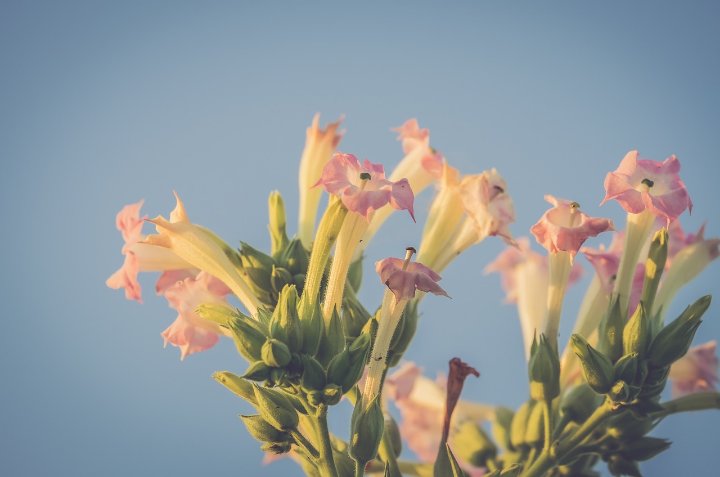
Nicotiana, or flowering tobacco, is an elegant addition that deserves a place in your August planting schedule. This fragrant flower thrives in shady areas and adds a soft, romantic touch to any garden with its tubular blossoms that bloom in shades of white, pink, and green. They often emit a sweet scent in the evening, creating a soothing atmosphere once the sun sets. Additionally, Nicotiana attracts hummingbirds and moths, enriching the ecosystem of your garden. Whether you want to create a nighttime oasis or just add some height and texture to your landscape, Nicotiana is an excellent choice.
Ricinus (castor oil plant)
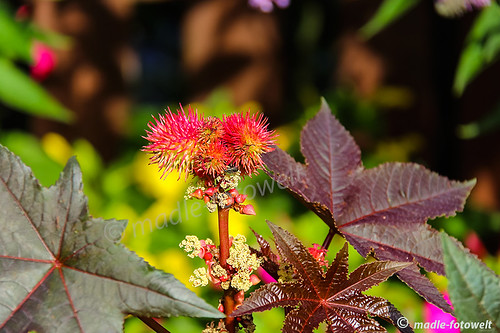
Ricinus, commonly known as the castor oil plant, is as striking as it is controversial. While the seeds are toxic if ingested, the plant itself produces magnificent foliage and tall, spiky flower clusters that can reach heights of up to 10 feet. Sowing Ricinus seeds in August allows them to establish strong roots before the colder weather arrives, making them a bold centerpiece for lush, tropical-inspired gardens. They thrive in sunny locations with well-drained soil, producing an impressive show of large leaves that can create dramatic silhouettes against the sky. Their unique appearance and fast growth make them an excellent choice for gardeners looking for show-stopping features.
Stocks (Matthiola)
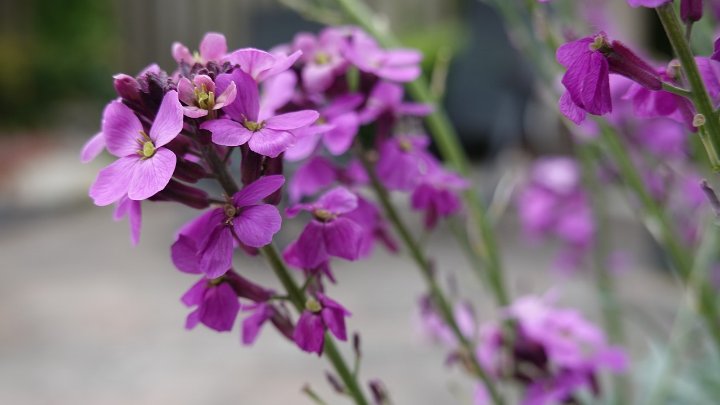
Stocks, or Matthiola, are renowned for their fragrant blooms that can brighten any late summer garden. With their dense flower spikes, these annuals can produce blooms in various colors, including pink, purple, and white. Stocks thrive when planted in well-drained soil and full sun to partial shade, making them versatile for different locations in your yard. Blooming from late summer through fall, their lovely scent can waft through your garden, inviting not only bees and butterflies but also the admiration of your visitors. Their rich blooms can be cut and used in floral arrangements, adding elegance to your home.
Pansies (Winter-flowering Pansies)
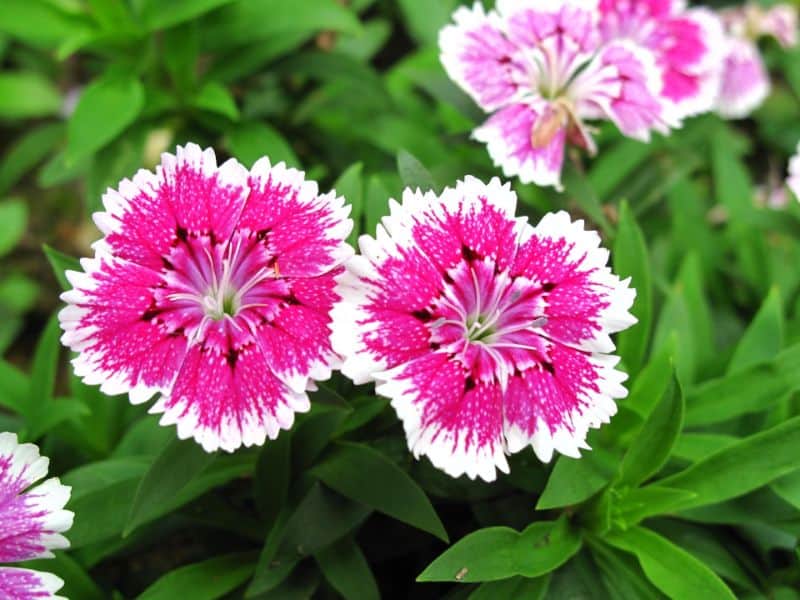
Pansies are often associated with spring planting, but sowing winter-flowering varieties in August can yield vibrant, early blooms in the following spring. Known for their wide range of colors and charming ‘faces’, pansies are a staple in cool-season gardens. If planted now, they can establish strong roots before the colder weather sets in, allowing them to bloom beautifully when the first warmth of spring arrives. They thrive in well-drained soil and prefer cooler temperatures, making them ideal for winter gardens. These cheerful flowers can breathe life into dreary winter landscapes, providing a colorful welcome as spring approaches.
Polyanthus
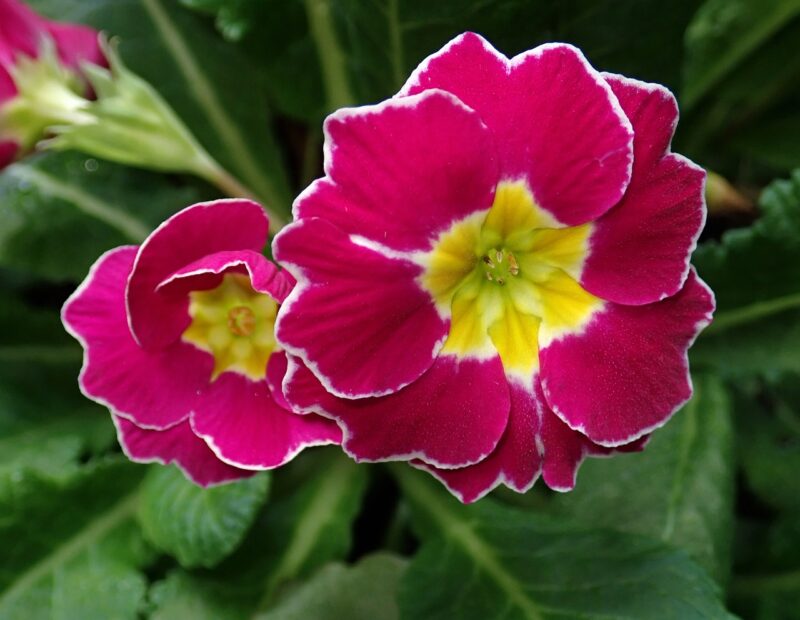
Polyanthus flowers, with their clusters of bright blooms atop sturdy stems, are beautiful additions to any August sowing list. These perennial favorites produce colorful blossoms in shades of pink, yellow, and white, and their ability to tolerate cool weather makes them perfect for early spring gardens. By planting them in late summer, you give them time to develop into robust plants ready to burst into bloom at the first sign of warmth. Polyanthus thrive in partial shade and need well-drained soil, making them adaptable to various garden conditions. Their exuberant blooms can serve as a stunning focal point in garden beds or borders.
Viola (To overwinter for color in the spring)
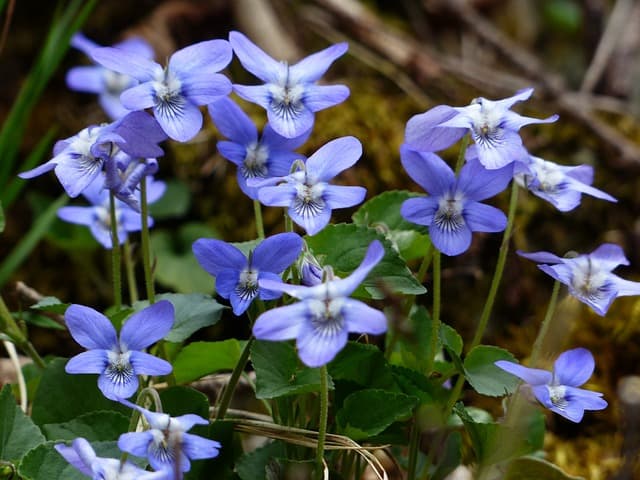
Violas are an excellent choice for those looking to plant seeds in August for a burst of color in the following spring. These small, delicate flowers display shades ranging from deep purple to soft pastel hues. Their low-growing habit makes them ideal for edging borders, hanging baskets, or filling in gaps in other plantings. Violas can survive through milder winters, translating their beauty into the early days of spring. Sowing them in August gives them the chance to establish roots and thrive in the cooler months, offering cheerful blooms when many other plants are just waking from their winter slumber.
Angelica
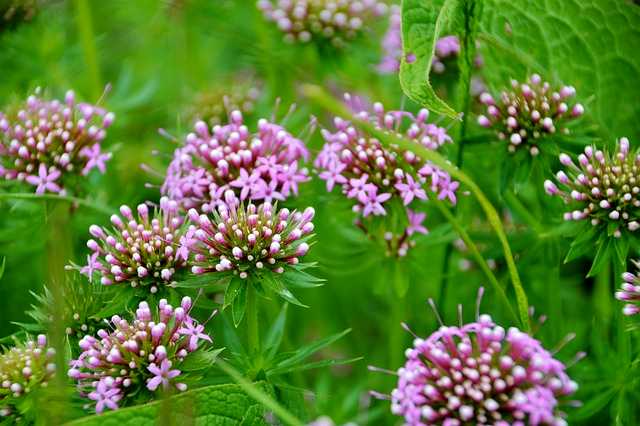
Angelica is an intriguing biennial herb that brings both beauty and function to the garden. Known for its impressive height and distinctive umbrella-like flower clusters, Angelica can be sown in August to bloom in the following season. This aromatic plant prefers moist, rich soil and semi-shade, often thriving in the edges of woodland or slightly damp areas. Not only does Angelica attract pollinators, but its tall stature can provide an eye-catching backdrop to shorter flowers in your garden. Its leaves can also be used in herbal remedies, making this exquisite plant a multifunctional gem in your yard.
Aquilegia
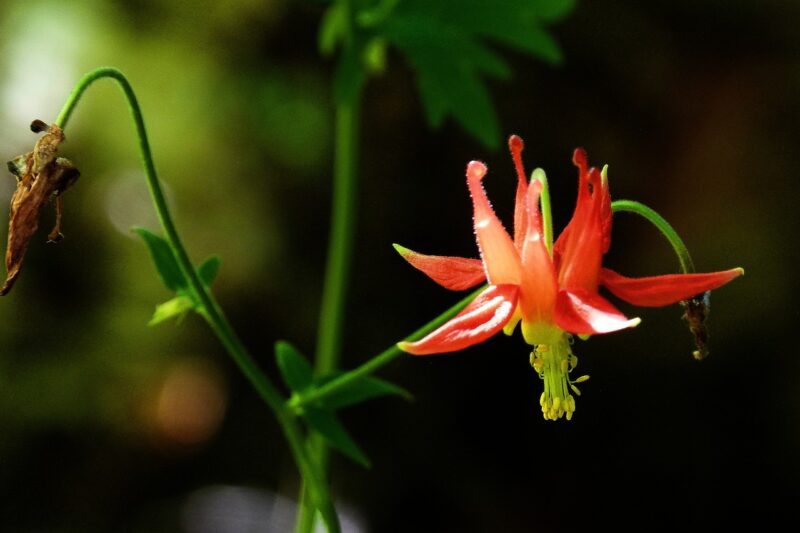
Aquilegia, or columbine, is cherished for its unique, bell-shaped flowers that attract both hummingbirds and bees. These charming perennials come in a variety of colors, often featuring intricate flower shapes that make them stand out in any garden. By planting Aquilegia seeds in August, you set the stage for an enchanting display the following spring. They prefer slightly acidic, well-drained soil and thrive in partial shade, making them ideal for woodland gardens or shaded borders. Aquilegia not only provides early spring color but also naturalizes beautifully over time, establishing itself in your garden for years to come.
Cynoglossum amabile
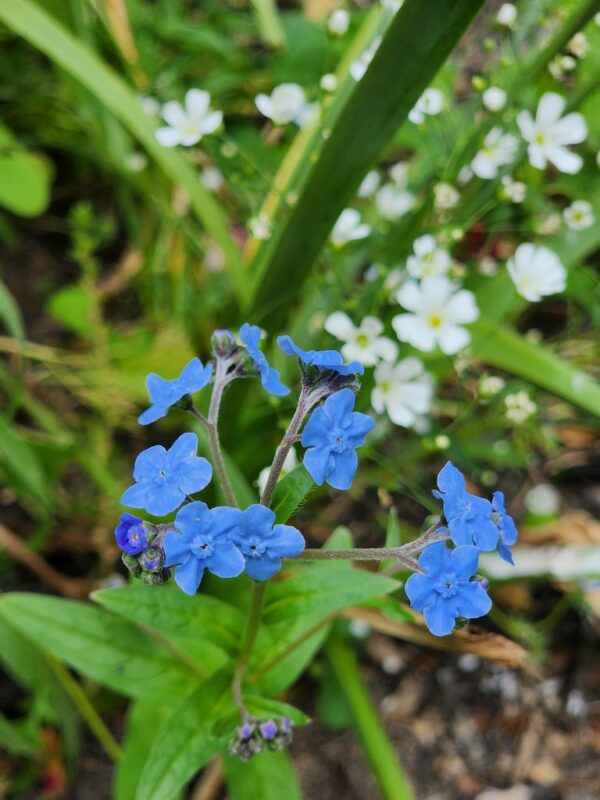
Cynoglossum amabile, often known as Chinese forget-me-not, is admired for its striking clusters of bright blue flowers. These annuals are perfect for planting in August, as they quickly establish themselves and bloom from late spring into summer. They prefer well-drained soil and full sun, creating delightful carpets of blue that draws in pollinators. As a versatile flower, they can work well in borders, containers, or as ground cover, making them an excellent addition for variety in your garden. Their serene color and ability to self-seed ensure they can charm your garden year after year, providing lasting beauty.
Echium vulgare
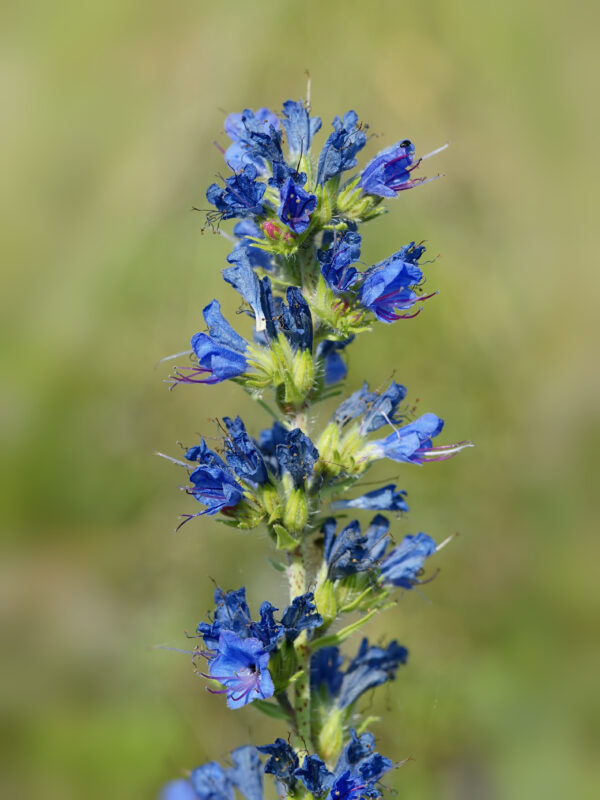
Echium vulgare, commonly known as viper’s bugloss, is a stunning choice for adding bold colors and attracting pollinators to your garden. This biennial plant, showcasing striking blue flowers with pink anthers, will provide impressive vertical accents. Planting Echium seeds in August allows them to develop strong roots and sizeable growth before the onset of winter. They thrive in poor, well-drained soils and full sun, making them easy to maintain while serving as a resource for bees and butterflies. With tall spikes hording attractive flowers, they are perfect for wildflower gardens or rustic touches to any landscape.
Eringeum giganteum

Eryngium giganteum, known as the sea holly, is a striking perennial with fleshy leaves and striking flower heads. These unique plants are perfect for mid-summer calamitous blooms and can be sown in August for amazing displays the following year. Eryngium prefers well-drained soils and a sunny position, flourishing in hot, dry environments. Once established, these plants require minimal care and can handle drought, making them ideal for low-maintenance gardens. Their unusual texture and color can create show-stopping arrangements, bringing intrigue and beauty to your garden landscape.
Foxgloves
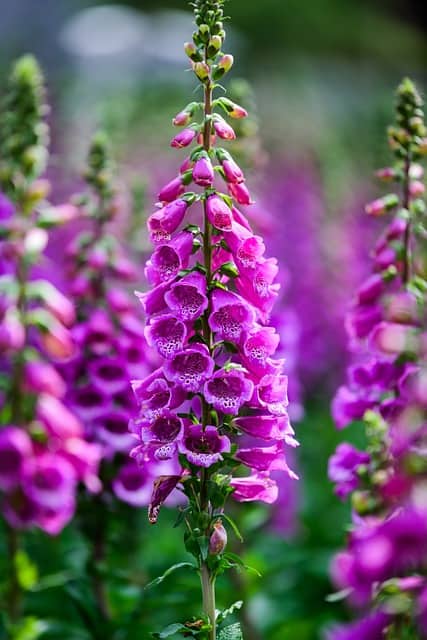
Foxgloves (Digitalis) are iconic biennial flowers that can be sown in August for stunning spikes of tubular flowers in the spring. Available in shades of pink, purple, cream, and white, their dramatic height makes them ideal for adding vertical interest to borders or cottage gardens. Foxgloves prefer rich, well-drained soil and partial shade, often found in woodland settings. Besides being visually appealing, they are also favored among pollinators, helping to bring a diverse array of beneficial insects to your garden. Foxgloves are a classic choice that imbues your garden with a sense of tranquility and romance.
Hollyhocks
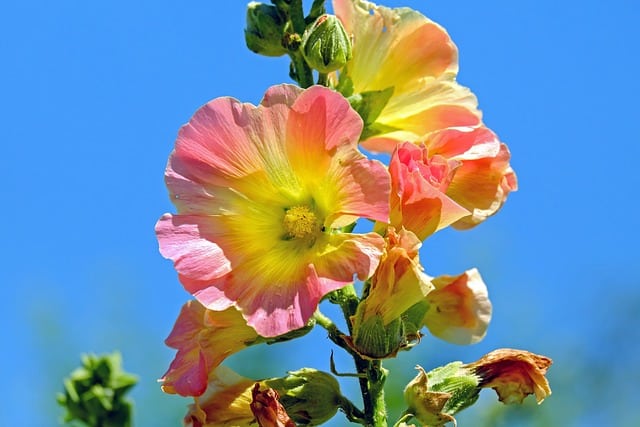
Hollyhocks are tall, stately biennials that can grace your garden with vibrant color and a vintage feel. With large, trumpet-shaped blooms running along sturdy stalks, they are perfect for creating a grand display against fences and walls. By planting Hollyhocks in August, you will provide them time to establish roots and withstand any winter challenges, leading to a bountiful bloom in the following summer. They thrive best in well-drained soil and full sun, becoming a nostalgic favorite that attracts butterflies and bees to your space. Whether in a traditional or modern garden, Hollyhocks add charm and elegance.
Lunaria (honesty)
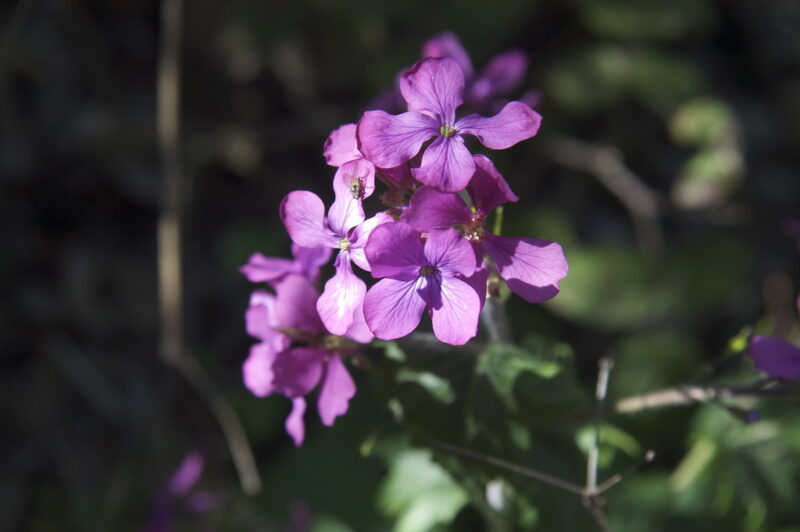
Lunaria, or honesty, can bring an ethereal quality to your garden landscape. Known for its beautiful, round seed pods that shimmer in the light, Lunaria is a delightful choice for sowing in August. It thrives in rich, well-drained soil and can handle partial shade, making it adaptable to various garden conditions. Once established, this biennial plant may take a season to bloom but will reward your patience with clusters of delicate flowers followed by transparent pods that stand out in dry arrangements or bouquets. Adding Lunaria to your garden introduces unique textures that will captivate throughout the changing seasons.
Papaver (Poppies, California poppies, Iceland poppies)
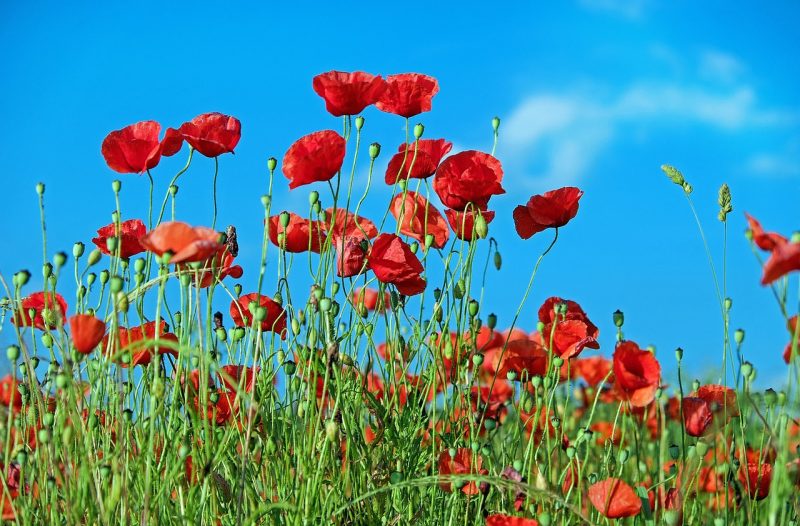
Poppies, particularly California and Iceland poppies, can be delightful flowers to sow in August. These annuals and perennials are adored for their vibrant blooms and stunning visual impact. California poppies bring a cheerful golden hue that can brighten up even the simplest of flower beds, while Iceland poppies present an array of colors, from vibrant oranges to soft pastels. Both varieties are ideal for sowing in well-drained soil with full sun exposure, and once established, they are drought-tolerant and low maintenance. With poppies, you’ll get a burst of beauty as they bloom, and their delicate petals make them stand out in any garden display.
Primulas
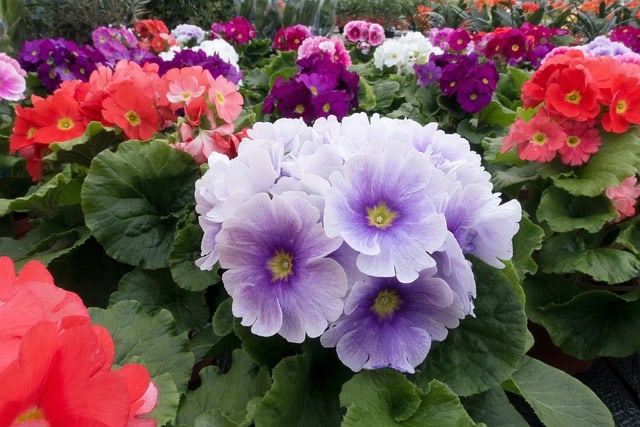
Primulas, or primroses, are charming perennials that can be blissfully bright in late winter and early spring. Although typically sown in spring, planting seeds in August can effectively allow them to establish before the cooler weather. They shine with their cheerful blooms available in a myriad of colors, thriving in well-drained soil and partial shade. Adding primulas to your garden not only enhances its look for early blooms but also attracts a variety of pollinators. The delicate, nodding flowers make them ideal for borders, as ground cover, or even in woodland gardens, creating a refreshing feel to your landscape.
Bellis

Bellis, or daisies, represent classic and charming flowers well-loved in gardens across the globe. They can be sown in August to ensure a charming display in springtime. Contributing delightful splashes of brightness, Bellis flowers can range in color from pure whites to vivid pinks. These perennials thrive in well-drained soil and sunny conditions, making them perfect for borders and meadow gardens. Their joyful presence will attract bees and butterflies, transforming your garden into an inviting haven for pollinators. Sowing Bellis in August provides the promise of joyous blooms once the warmer days return.
Delphiniums
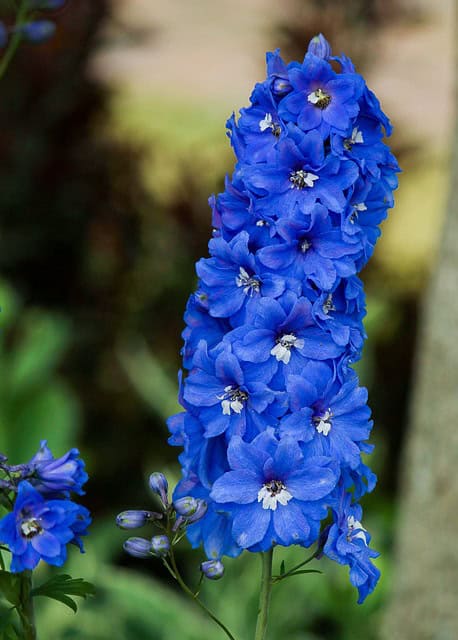
Delphiniums are known for their towering spires and mesmerizing blue, purple, and white flowers that can touch the sky in your garden. When sown in August, these hardy perennials can establish extensive root systems before winter, leading to earlier and more robust blooms in the following season. Delphiniums prefer fertile, well-drained soil with full sun exposure and are often happiest in cooler climates. Their grand stature adds drama to borders and can wonderfully contribute to floral arrangements. Their enchanting blossoms are sure to create a focal point in your garden, attracting many admirers.
Echinacea
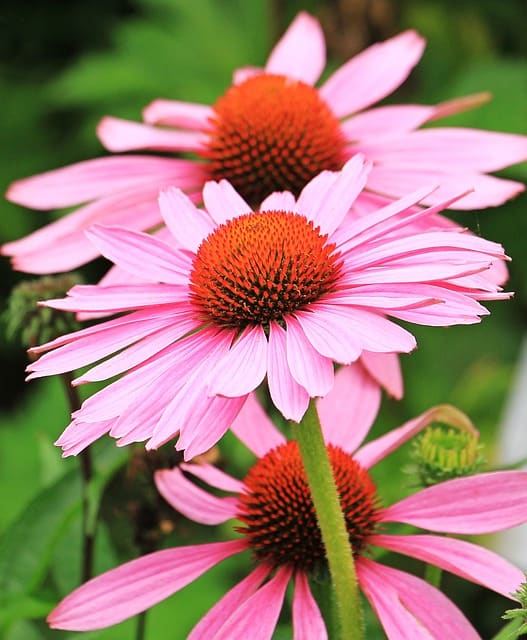
Echinacea, better known as coneflower, is a beautiful perennial that brings life and color with its bold, daisy-like blooms to the late summer garden. Planting Echinacea seeds in August allows them to establish roots before winter sets in, often leading to vibrant displays by early summer. Their daisy-like flowers attract bees and butterflies, while their sturdy nature ensures they can withstand varying weather conditions. Echinacea is drought-tolerant and thrives in well-drained soil and sunny conditions, making them a wonderful low-maintenance option for any garden. These flowers not only enhance the garden’s beauty but are also known for their medicinal properties, adding to their appeal.
Geraniums
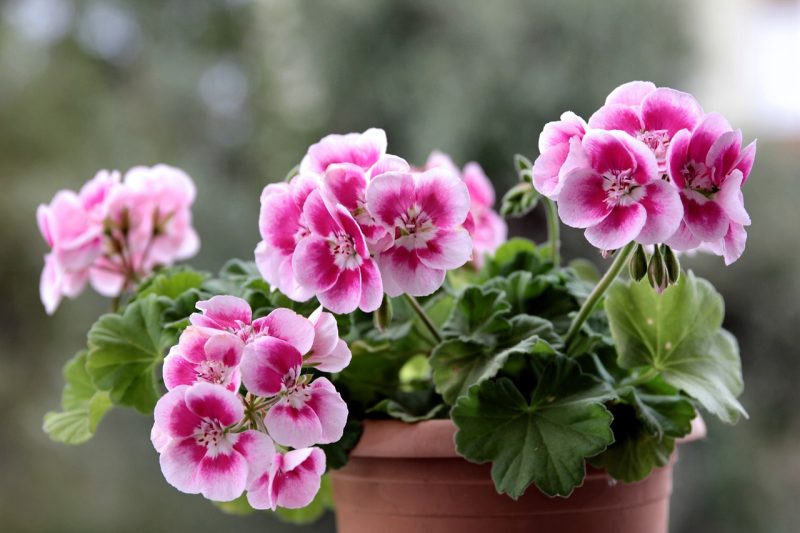
Geraniums, particularly the hardy perennial types, can be another splendid addition to your garden when planted in August. These resilient plants boast vibrant blooms in an array of colors, ranging from reds to purples, and their foliage can provide interest throughout the year. Geraniums thrive in full sun to partial shade and prefer well-drained soil, making them adaptable in various settings. They’re also relatively low-maintenance and can fill out garden beds, borders, or containers beautifully. Planting geraniums in August sets them up for vigorous growth before winter, ensuring you’ll enjoy their blooms early in the next season!
Lupins
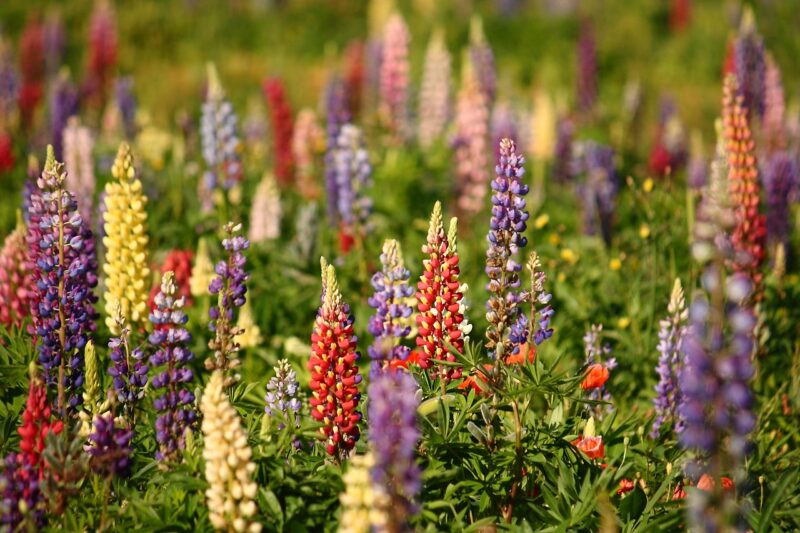
Lupins are cherished for their tall flower spikes adorned with racemes of vibrant blossoms, featuring colors that radiate across the spectrum. These welcomed perennials can be planted in August, allowing them time to develop robust root systems before the colder months. Lupins prefer well-drained soils with full sun to partial shade, thriving naturally in cottage and wildlife gardens. Besides their beauty, these plants are nitrogen-fixing, which enriches the soil—a great benefit for the garden ecosystem. They offer a splendid show in early summer, creating a stunning waterfall of colors that can transform your garden landscape.
Myosotis (forget-me-nots)
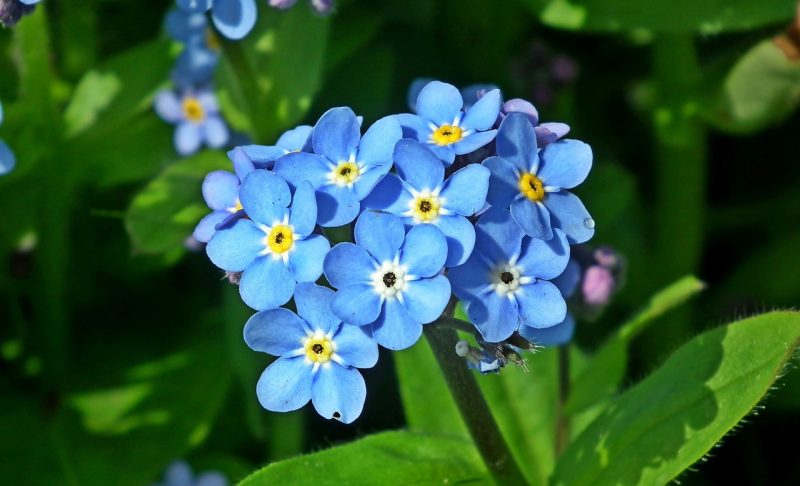
Forget-me-nots are endearing and gentle flowers that can brighten any garden, offering a delicate blue for spring blooms. When planted in August, these lovely perennials can establish themselves over fall and winter to provide a beautiful carpet of blooms when other flowers are yet to awaken. Preferably sown in semi-shade with moist, well-drained soil, forget-me-nots can thrive in various settings, including borders and under shrubs. Their mini blue flowers are not only charming but are also known for self-seeding, allowing them to spread joy around your garden naturally. With their heartfelt symbolism of remembrance, forget-me-nots can resonate with your gardening journey throughout the seasons.
Scabiosa
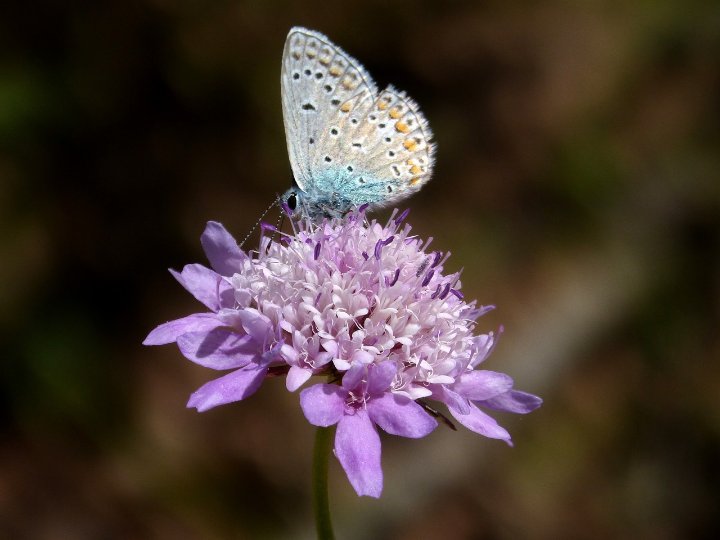
Scabiosa, also known as pincushion flower, is a charming perennial that can ensure delightful blooms throughout the summer and into the cooler months. When sown in August, these adaptable flowers will produce beautiful blooms in shades of purple, pink, and white that attract pollinators such as bees and butterflies. Scabiosa prefers well-drained soil and full sun but can also tolerate light shade. They are perfect for creating borders, container gardens, or wildflower patches, adding whimsy and charm. Their long-lasting flowers also make for excellent cut flowers, allowing you to enjoy their beauty both in and out of the garden.
Strelitzia (bird of paradise flower)
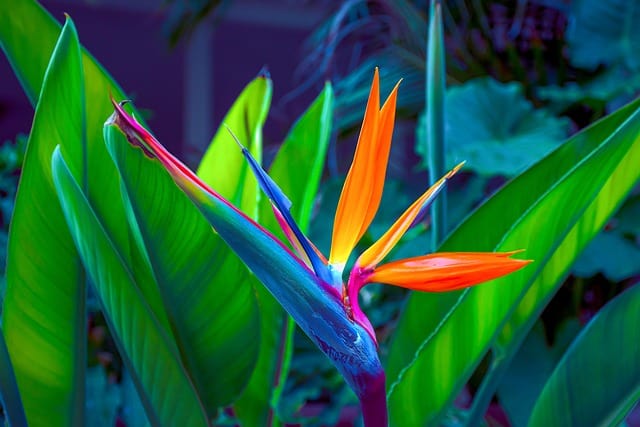
Finally, Strelitzia, commonly known as the bird of paradise flower, adds an exotic feel to your garden. Although often challenging to grow outside of their native tropical and subtropical regions, in the right climate, these stunning plants feature unique, bright orange and blue flowers resembling tropical birds in flight. Planting Strelitzia seeds in August gives them time to develop before the cooler months, leading to impressive blooms in the summer. These plants thrive in well-drained soil and full sun conditions, emanating striking visual splendor. Their striking appearance makes them an ideal focal point for gardens striving for grandeur or tropical vibes.


